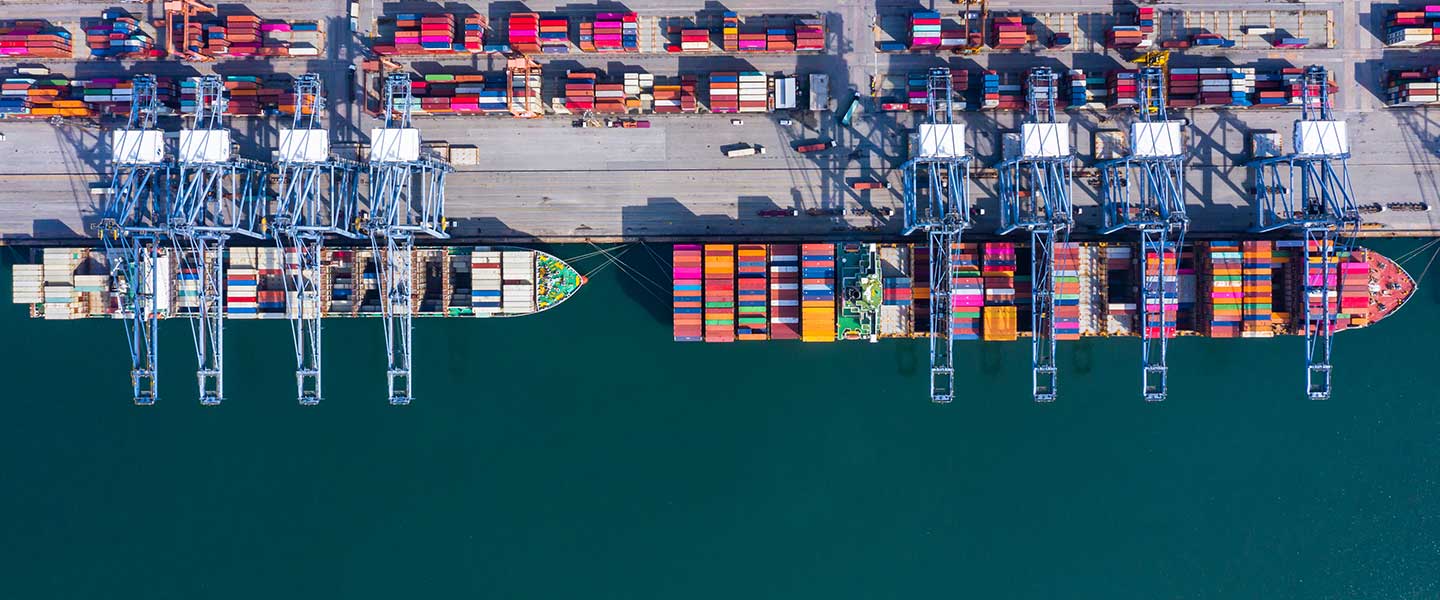
In order to mitigate climate change and meet the targets set under the European Green Deal, the European Union (EU) presented a package of legislative proposals titled "Fit for 55" in July 2021. The proposals include guidelines for achieving zero greenhouse gas emissions by 2050, with an interim target of a 55% reduction in emissions by 2030 compared to 1990 levels, leading to significant changes in the transport sector.
Considering that the shipping and aviation sectors accounted for a significant share of total carbon emissions in Europe in 2019, namely 3% and 4.7%, respectively, the EU has introduced stricter regulations to reduce emissions from these sectors. These regulations are part of a broader EU strategy to move towards renewable and sustainable alternative energy sources, aiming to meet climate targets and protect the environment.
One of the key instruments in the package, the Emissions Trading System (ETS), is now extended to these two sectors, imposing a cap on total greenhouse gas emissions that is reduced annually. Complementary regulation focuses on the use of 'green' fuels through the FuelEU Maritime and ReFuelEU Aviation initiatives, as well as through the forthcoming revision of the Energy Taxation Directive (ETD), which will introduce a tax on fuel for commercial and private flights. The combined impact of these frameworks on business-as-usual will be significant and immediate, with stakeholders already being called to develop robust compliance strategies.
In the shipping sector, the regulations initially cover ships above 5,000 tonnes. The extension of the ETS will be gradual, covering 40% of carbon emissions from 2024, and extending to 100% by 2026. At the same time, additional flexibility mechanisms through the calculation of total emissions will enable compliance at the company level, encouraging the replacement of older ships with new, alternative fuel-compatible ships. With the FuelEU Maritime Regulation, adopted in 2023, the EU sets the trajectory for a gradual reduction in the intensity of gas emissions from ships, reaching -80% by 2050, and establishes binding targets for the application of non-biological renewable fuels and the use of shore-side electricity.
Similarly, the aviation sector, which already participates in a secondary ETS market through the European Aviation Allowance Trading Scheme (EUAA), faces a new challenge with the abrupt discontinuation of the free allocation scheme, which has so far accounted for 82% of the available EUAAs. This recent EU decision, along with the ever-increasing allowance prices, is projected to generate substantial 'green value' by 2026, estimated to be eight times higher than in 2023. This shift will drive not only efficiency improvements but also the rapid adoption of green fuels. Additionally, the ReFuelEU Aviation Regulation, adopted in 2023, aims to promote sustainable commercial aviation in the EU by ensuring a level playing field. The proposal establishes mandatory blending targets for Sustainable Aviation Fuels (SAF), from 2% in 2025 to 70% in 2050, with specific targets for synthetic fuels and mandatory implementation in all Member States from 2024.
In conclusion, shipping and aviation companies, which have historically benefited from privileges and tax exemptions, now face increased obligations and compliance costs. The impact on the national economy is also expected to be significant, as the Greek-owned merchant fleet is one of the largest globally, contributing directly and indirectly to about 8% of the country's GDP.
In response to these heightened requirements, the industry is witnessing a surge in innovation. The impact of the new measures on business is already reflected in a number of new strategic partnerships and binding agreements that major players in each sector are forging, facilitating the development of green fuel production facilities. These ambitious policies are reducing the investment risk associated with clean fuel technologies, while industry leaders are ensuring compliance with the new measures to maintain seamless operations.
However, the question remains whether these ambitious policies can achieve the desired climate change mitigation targets. While significant progress has been made, reaching the long-term goals will require ongoing monitoring, potential regulatory enhancements, and substantial business investments. The path ahead is challenging, yet the potential rewards for both the planet and the industry are substantial.
Subscribe here to receive our newsletters





